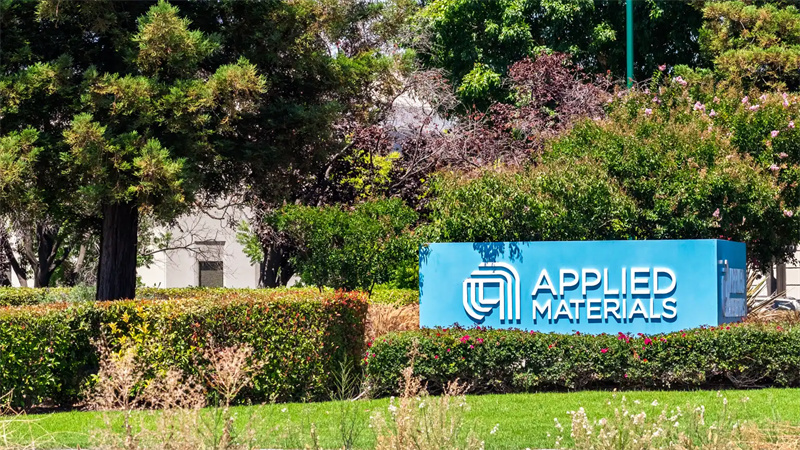As the U.S. ramps up its efforts to curb China's access to advanced semiconductor technologies, major U.S.-based chip equipment manufacturers, including Applied Materials and Lam Research, are urging their suppliers to find alternatives to Chinese-made components. According to a Wall Street Journal report, the companies have warned their suppliers that continued reliance on Chinese components could jeopardize their vendor status. Additionally, suppliers have been instructed to avoid Chinese investors or shareholders.
This move comes as part of the U.S. government's ongoing crackdown on China's access to cutting-edge semiconductor technology, which has significantly impacted global supply chains. Despite no official agreements, sources indicate that Applied Materials and Lam Research have verbally communicated these guidelines to their suppliers, emphasizing the need to source components from non-Chinese suppliers. Industry executives have acknowledged that finding comparable alternatives could raise costs, as Chinese-made components are often more competitively priced.
Both companies have assured suppliers that they are actively seeking alternative sources to ensure a steady supply of components. Lam Research emphasized its adherence to U.S. export controls, which also apply to its suppliers in the semiconductor manufacturing chain. Applied Materials echoed this commitment, stating that it is working on sourcing alternative suppliers to ensure availability.
The U.S. government has been increasingly strict in enforcing these regulations, which have led to significant disruptions for some suppliers. For instance, Shenyang Fortune Precision Equipment, a Chinese supplier to Applied Materials, recently opened a plant in Singapore in an attempt to continue serving its foreign clients. However, due to new U.S. regulations, the factory has not yet been authorized to supply to Applied Materials, highlighting the difficulties faced by Chinese suppliers caught in the crossfire.

This latest development follows an announcement from the U.S. Department of Commerce, which last year introduced a licensing requirement for U.S. semiconductor companies to share technical details with Chinese suppliers. The rules have led to significant upheaval in the global semiconductor market, as U.S. and allied companies scramble to comply while trying to mitigate disruptions to their supply chains.

With China being one of the largest markets for semiconductor equipment manufacturers, including Applied Materials and Lam Research, the U.S.'s intensified restrictions are a double-edged sword. On one hand, the measures aim to limit China's technological advancements; on the other, they risk alienating one of the most important markets for U.S. companies. As tensions continue to rise, the semiconductor industry is navigating a precarious balancing act, with companies looking for new ways to comply with regulations while maintaining relationships with key clients worldwide.
In the meantime, U.S., European, and Japanese governments are spending billions to bolster domestic semiconductor production, aiming to regain more control over the critical supply chain. The impact of these moves on the global market remains to be seen, as companies continue to adapt to the shifting landscape.
+86 191 9627 2716
+86 181 7379 0595
8:30 a.m. to 5:30 p.m., Monday to Friday
